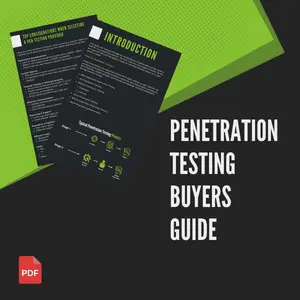What are the risks?
Internal systems cannot be completely protected by securing the perimeter. To get access, an attacker only needs to exploit a single vulnerability. An insecure internal network can be used to escalate increase privileges once inside.
This is why we highly recommend testing both the internal and external networks. It is common for an attacker to sit inside your network for some time before finding the most appropriate path to fully compromise the network.
How can we help?
Our Network Penetration Testing service helps remove the risks inherent in many networked environments.
Every infrastructure penetration test (External/Internal) is carried out in accordance with internationally recognised frameworks. The fundamental framework is built on Penetration Testing Execution Standard (PTES) and NIST 800-115 at a minimum, although our methodology extends far beyond that.
Our team of CREST registered penetration testers will find, verify, and prioritise exploitable vulnerabilities inside your infrastructure using tools and approaches identical to those used by real-world threat actors.
Infrastructure Pen Testing
Infrastructure Penetration Testing threats can differ depending on what digital assets are being attacked. Attackers use a plethora of techniques when assessing both internal and external assets. Take a look at some of the common security vulnerabilities we find when conducting External and Internal penetration testing.
Common Internal Vulnerabilities
Unpatched Windows Machines Insecure Network Segregation Unencrypted Communications Password Reuse Default SNMTP Community Strings
Common External Vulnerabilities
Insecure Firewalls Vulnerable VPN endpoints Misconfigured Web Servers Default Credentials DoS (Denial of services)

